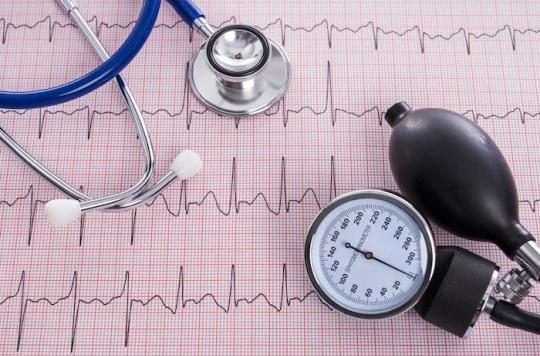We are familiar with the formula: “We are old enough to have our arteries!” As is often the case with popular common sense, it is the translation into everyday language of medical knowledge which has shown that the harmful effects of aging also affect the arteries.

Knowing the age of your arteries is good, but there is something you can do to slow down aging is to play on the usual and well-known risk factors, it is also to reduce your cardiovascular risk.
How to measure this age?
It’s here Arterial Hypertension Research Foundation which offers, on its site, a simple and practical test to be performed to calculate the age of its arteries, compare it to its real age and thus understand the impact of the risk factors on which we can act, smoking, overeating and inaction to improve our “vascular age”, ie the health of our arteries and our heart.
There is no simple technique for measuring the flexibility of arteries or estimating their aging. The calculation of the arterial age is possible by the use of a mathematical equation which requires to know: the age, the arterial pressure, the existence or not of a diabetes, the total cholesterol and what one is calls the “good” cholesterol HDL. Very easy to do at home.
This calculation gives a value only indicative of the age of the arteries, and is intended to serve as a basis for discussion and discussion with your doctor. It also makes it possible to quantify the benefit provided by stopping smoking if you smoke, or by the drop in blood pressure or cholesterol induced by the treatments. To visualize the benefit of treatments and hygiene of life
can be more convincing than long speeches when it comes to long-term prescriptions
We already have an idea of the results
83% of hypertensive people have a vascular age higher than their civil age, against 44% for non-hypertensive people. High blood pressure therefore accelerates the aging of the arteries. Indeed, the arteries confronted with hypertension change:
- the walls of the large arteries stiffen and lose their flexibility;
- the small arteries thicken, their diameter decreases and their ability to dilate to adapt to needs decreases.
The lack of flexibility and thickening of the artery walls results in the interruption of the blood supply to the organs. Which will be the cause of angina pectoris, myocardial infarction, or even cerebrovascular accidents …
.















